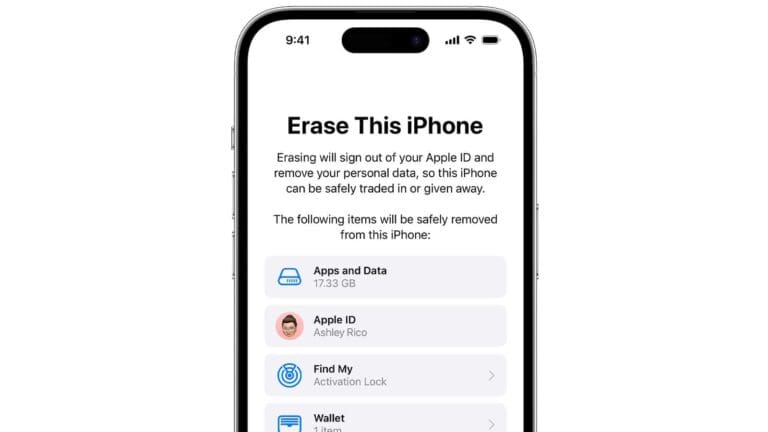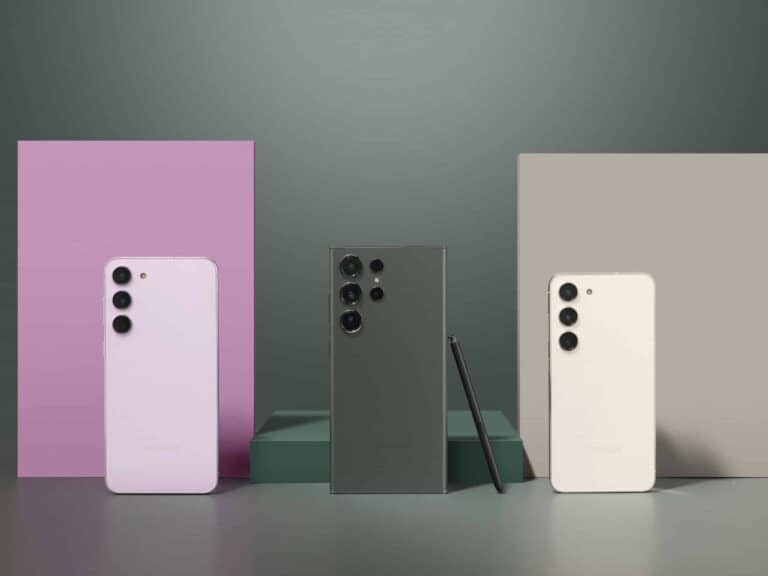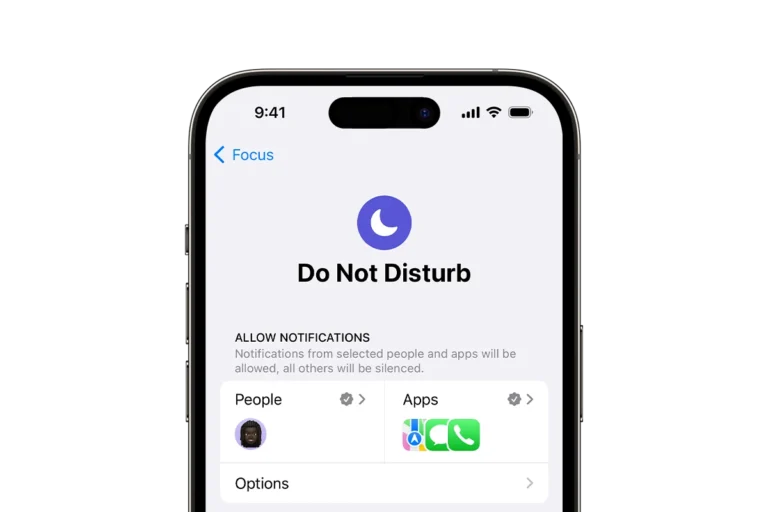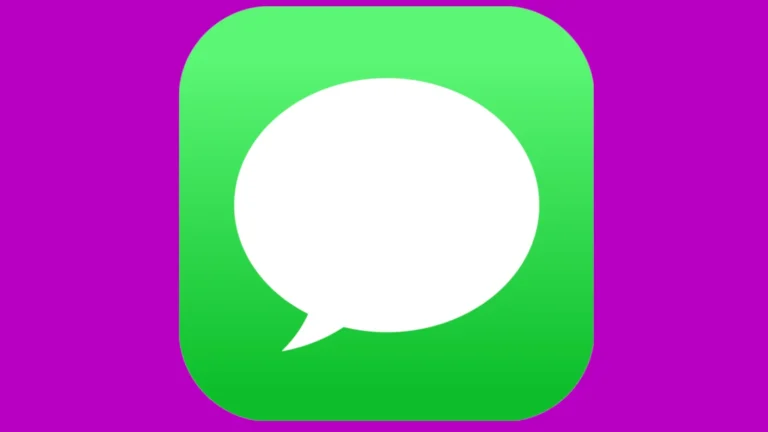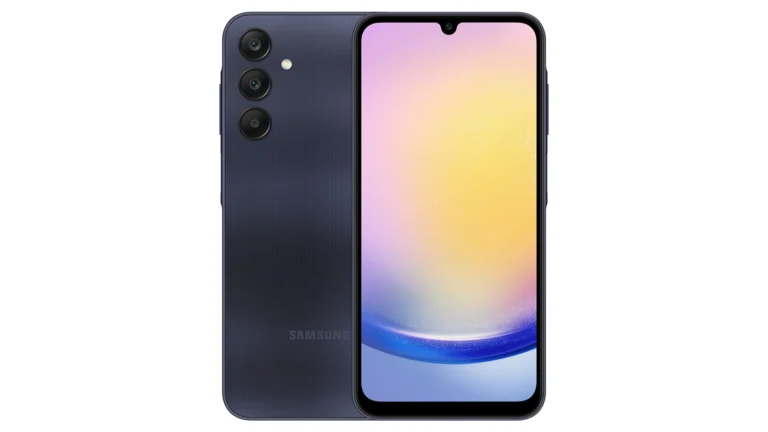
The smartphone market is rapidly evolving, with Apple rumored to make significant changes for the upcoming iPhone 17, including shifts in camera layout, new materials, and display enhancements. There is speculation about a slimmer “Air” model aimed at redefining smartphone aesthetics and functionality.
This comes amid increased competition from other manufacturers, particularly in the foldable phone sector, which offers compact devices with larger screens. Innovations like under-display cameras and improved battery technology are also being explored by various companies. Overall, these developments signal a dynamic future for smartphone technology and user experience.
What We Know About the iPhone 17 So Far
Rumored Design Changes
The iPhone 17 is generating a lot of buzz, even though it’s still some time away. Industry insiders are talking about potential design changes that could significantly alter the look and feel of the device. One of the biggest rumors is a possible shift in the rear camera layout. Currently, the cameras are arranged in a triangular formation. However, there’s speculation that Apple might switch to a horizontal layout, similar to older iPhone models. This change could be driven by advancements in camera technology or a desire for a fresh aesthetic.
Another interesting rumor is the possibility of a thinner “Air” model. This model might have a single rear camera and a smaller Dynamic Island. Some sources even suggest it could replace the “Plus” model in the iPhone lineup. This “Air” variant could appeal to users who prefer a lighter and more compact phone.
Material and Display Updates
Apple might also be considering a change in materials. While the current Pro models use stainless steel, there’s talk of a return to an all-aluminum design for the entire iPhone 17 lineup. This could make the phones lighter and potentially more affordable to produce. However, it might also mean a change in the premium feel of the Pro models.
Display technology is another area where we might see improvements. Rumors suggest that all iPhone 17 models could feature LTPO displays with a 120Hz ProMotion always-on display. This would provide smoother scrolling and animations, as well as a more energy-efficient always-on display. There are also whispers of a new anti-reflective layer on the glass, which would improve visibility in bright sunlight and offer better scratch resistance.
Comparing Potential iPhone 17 Models
If the rumors are true, the iPhone 17 lineup could offer a range of options for different users. Here’s a possible comparison:
| Feature | iPhone 17 | iPhone 17 “Air” | iPhone 17 Pro | iPhone 17 Pro Max |
|---|---|---|---|---|
| Rear Cameras | Dual | Single | Triple | Triple |
| Frame Material | Aluminum | Aluminum | Aluminum | Aluminum |
| Display | LTPO, 120Hz | LTPO, 120Hz | LTPO, 120Hz | LTPO, 120Hz |
| Dynamic Island | Standard | Smaller | Standard | Standard |
Addressing Potential Questions
Many people wonder about the timing of these changes. Apple typically releases new iPhone models annually in the fall. Therefore, we can expect the iPhone 17 to launch around September 2025 if Apple continues its usual release cycle. Pricing is also a key concern. While it’s too early to know for sure, we can expect the iPhone 17 to be priced similarly to current models, with the “Air” model potentially being a more affordable option.
The Evolution of Smartphone Design
The potential changes to the iPhone 17 reflect a broader trend in smartphone design. Manufacturers are constantly experimenting with new materials, camera technologies, and form factors to create devices that are both functional and aesthetically pleasing. The move towards thinner and lighter designs, as suggested by the “Air” model rumors, is a common theme. Similarly, advancements in display technology, such as higher refresh rates and improved visibility, are becoming increasingly important to users. These changes are driven by both technological advancements and consumer demand for better and more innovative smartphones.
Short Summary:
- The iPhone 17 Air is reportedly set to be the slimmest iPhone yet, potentially measuring as thin as 5.5mm.
- Industry insider Ming-Chi Kuo has disclosed that production of the iPhone 17 Air is already underway.
- Possible design changes include a new horizontal camera arrangement, which may take visual cues from Google’s Pixel lineup.
The anticipation surrounding Apple’s iPhone 17 series, particularly the eagerly awaited iPhone 17 Air, is growing as leaks suggest significant design modifications that could revolutionize how smartphones are perceived. According to reliable sources, notably analyst Ming-Chi Kuo from TFI Securities, this new model might measure an astonishing 5.5mm at its thinnest point, making it the most slender iPhone in history. Currently, the title of the thinnest iPhone belongs to the iPhone 6, which boasts a thickness of 6.9mm. The possibility of a phone so thin poses both excitement and curiosity regarding how users will interact with such a lightweight device.
Despite previous speculations hinting at a design of around 6.25mm, Kuo’s updated projection places the iPhone 17 Air into territory previously inhabited only by Apple’s most delicate products, including the 13-inch iPad Pro at 5.1mm. This drastic reduction in thickness, however, does come with caveats. Kuo confirmed that this measurement applies specifically to the thinnest part of the phone, indicating the camera system may still extend beyond this slim facade, meaning it may retain a bump that could slightly undermine the sleek appearance.
“The iPhone 17 Air could be a game-changer, focusing on a unique design that emphasizes minimalism,” Kuo noted in his analysis.
Notable for its ambitious design ethos, the iPhone 17 Air is purported to simplify its rear camera setup to a single lens, contrasting with the more complex configurations of the iPhone 16 line, which features dual or even triple-camera systems in the Pro versions. This shift towards fewer but possibly more capable camera technologies also signals Apple’s intent to carve out a distinct identity for the iPhone 17 Air, especially in a crowded market.
Additionally, images circulating on social media platforms, primarily Weibo, have hinted at a radical redesign that could feature a horizontal camera bar akin to that found on Google’s Pixel devices. This new arrangement has caught the attention of tech enthusiasts, illustrating how Apple is willing to innovate by adopting some trends seen in competing models. A reputable leaker, known as Digital Chat Station, shared that the upgraded iPhone series may sport a pill-shaped cutout for the camera, marking a departure from Apple’s traditional vertical or triangular lens layouts.
“Judging from the supply chain materials, the iPhone 17 series has indeed changed to this design. The details of the lens arrangement are unknown,” the leaker stated.
While there is still much speculation surrounding the exact configuration of the camera setup, images suggested the presence of multiple lenses in a horizontal alignment, which can enhance photography capabilities by reducing the likelihood of smudging on the camera lenses. However, the potentially recognizable design may also raise questions about branding and identity, as consumers may draw parallels between Apple’s new flagship and Google’s Pixel line.
In a recent update, Digitimes reported that production of the iPhone 17 Air has already commenced at Apple’s manufacturer, Foxconn, confirming that the technology giant is serious about releasing this innovative new smartphone. This ‘new product introduction’ phase often covers everything from initial sketches to manufacturing, and Apple is expected to make a formal announcement possibly around September 2025.
Regarding the iPhone 17 Pro line, intriguing leaks suggest that Apple may take a step back in materials by shifting from the touted titanium frames seen in recent releases to aluminum builds, as reported by The Information. This surprising move could affect the Pro’s high-end appeal but may also reflect broader trends in the market as manufacturers reassess production costs and material availability. The aluminum frames are likely to replicate the aesthetics of earlier models, combining a nostalgic design with modern technologies.
“This has taken many insiders by surprise, as Apple has built the Pro line’s identity on premium materials like titanium,” posited an industry analyst.
Apple’s decision to switch back to aluminum for the iPhone 17 lineup is surprising. Many high-end smartphone makers focus on using premium materials to attract customers. This change could be due to rising manufacturing costs and broader economic challenges that push companies to cut back on spending.
Rumors suggest the iPhone 17 Pro will have a significant redesign, featuring a smaller Dynamic Island and thinner bezels. These updates align with new display technologies and may improve the overall user experience. Metalens technology, which uses tiny materials to create a lens that is both lightweight and effective, could help achieve these design goals.
This shift indicates that Apple is reevaluating its design approach to better meet changing consumer preferences and technology trends. The iPhone 17 Air aims to appeal to those who want a lightweight but functional device, potentially making it popular among early adopters.
As more information emerges, tech fans are eagerly waiting for the official announcement of the iPhone 17 lineup. However, it’s wise to remain cautious, as Apple’s designs often change before launch.
The iPhone 17 Air might represent a new direction for Apple, focusing on both minimalism and innovation, which could attract buyers looking for fresh options. The smartphone market has felt stagnant, but Apple’s iPhone 17 series, especially the Air model, could shake things up.
With a starting price around $800, Apple will go up against competitors like the rumored Galaxy S25 Slim as it tries to find its place in the ultra-slim market. Industry experts believe that both Apple and Samsung could lead a trend toward slimmer smartphones, inspiring other brands in this competitive space. However, Apple needs to find a balance between style and usability, as ultra-thin devices may be harder to hold and use for some customers.
As the launch date approaches, many details about the iPhone 17 remain unknown, creating excitement for what could be a significant release for Apple.

